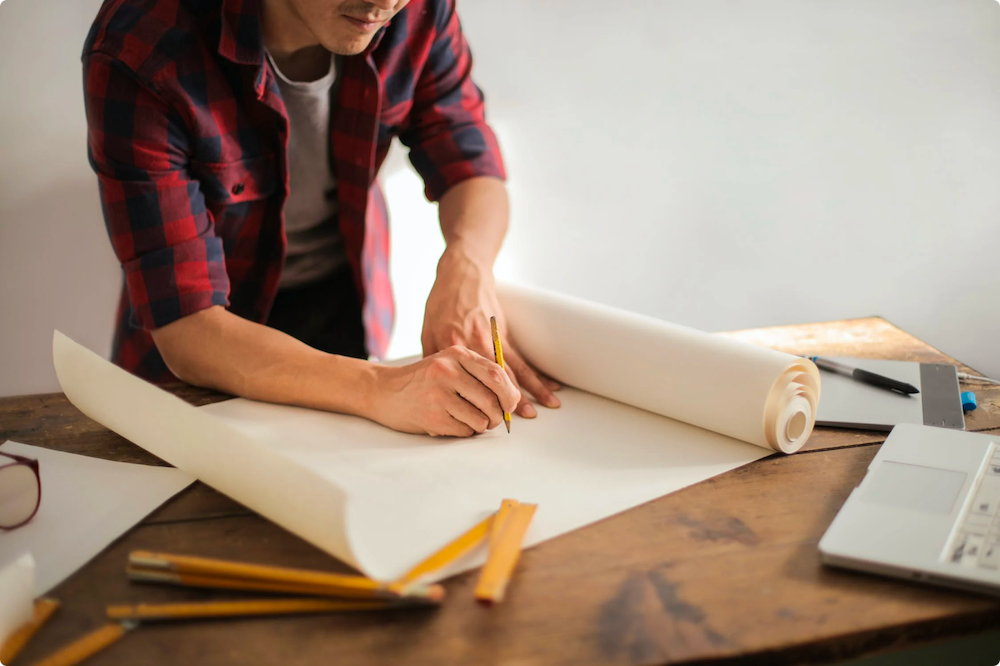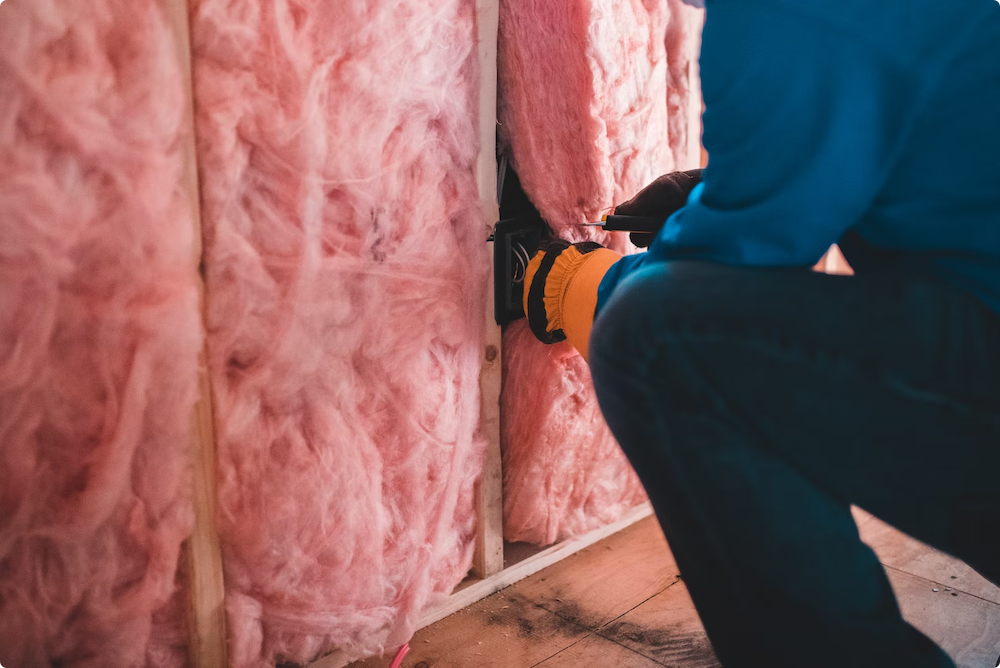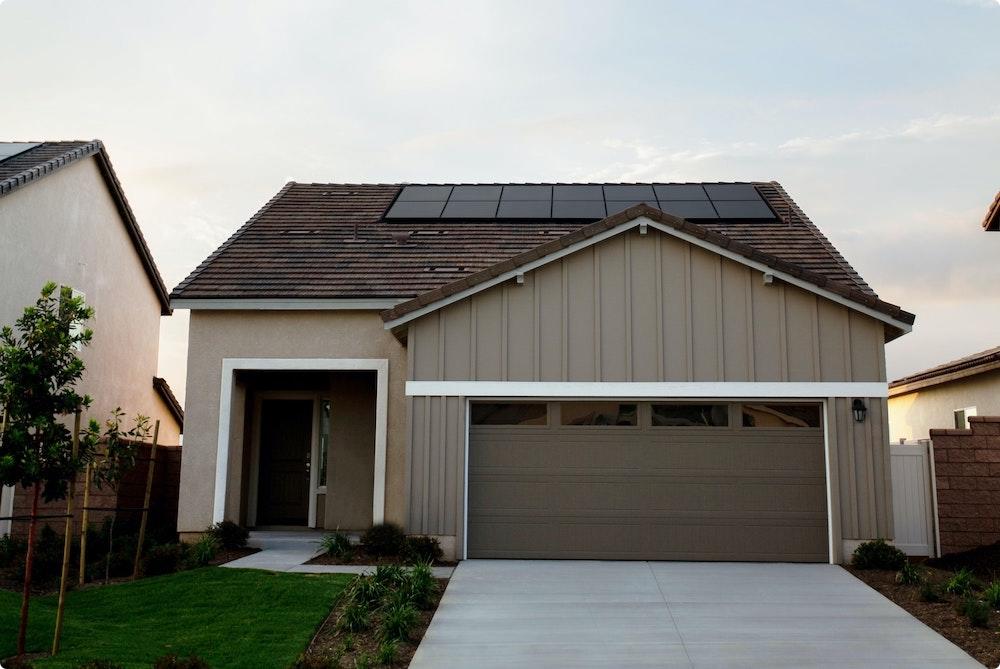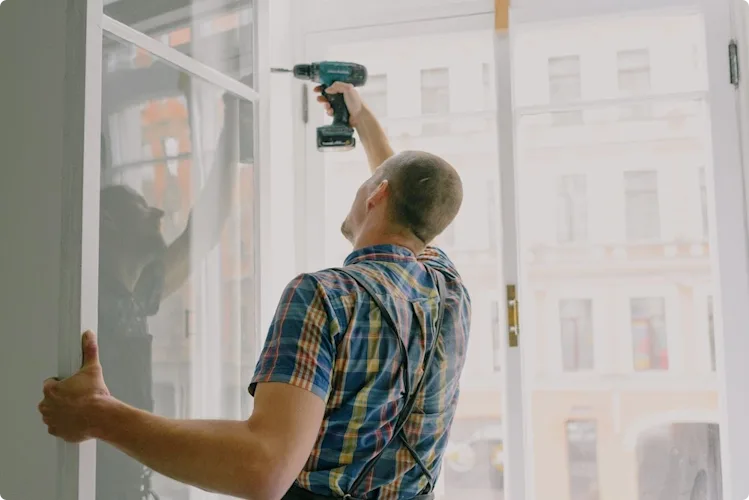The sun has just about peered out from behind the clouds and it’s not freezing… all the time? Yet we’re suggesting that it’s time for you to start thinking about how you want to feel in your home next winter. While we don’t suggest you wish your time away, we’re all for planning today to prepare for tomorrow. One of the best ways you can do this is to assess the needs in your home and retrofit it appropriately to get into the very best shape for when it gets chilly again.
What is a retrofit?
Retrofitting is when existing properties are altered to improve their energy efficiency and consumption.
Why retrofit now?
There are a number of reasons for retrofitting but, realistically, they can be split into a few categories. The first is that spring and summer are good times to have any building works done because (if you’re planning to live at home throughout) you’ll be less impacted by cold temperatures from outside. Homeowner, Tamara, arranged to have her windows replaced during one of the coldest months of the year. Her verdict on the time of the year for renovations? ‘It was not a good plan. Waiting for warmer days would have been so worth it.’ The second is that improvements take time to implement and ideally all works would be completed by the time autumn rolls around. So there you have it, strike while spring is budding.
Another reason is that retrofitting can have real-life, long-term benefits for both you, your pocket and the environment. If you want those features ready and in place for next winter, you’ll want to get started as soon as possible – contractors get booked up fast! Read on to learn more about how retrofitting can make a difference to each of these factors.

How can retrofitting benefit you?
Our research has identified that one of the most impactful features of our homes on our wellbeing is their temperature in winter. Those most unhappy with the temperature in the chilly months reported higher stress levels and lower levels of satisfaction with their homes in general.
We also found that reducing running costs in our homes is twice as important to people in 2023 than adding value to their homes. This suggests that improving our insulation, air flow and functional elements could drastically improve our future happiness.
And it’s not just us who recognise the importance…
The UK Green Building Council has calculated that in order for the UK Government to fulfil its commitment of net zero by 2050, 1.8 homes a minute will need to undergo retrofitting. Whether this is on track to happen requires clarification but what we do know is that it means UK housing stock has a big problem.
Resi’s CEO Alex Depledge touched on this in a recent interview: ‘I get quite frustrated at the moment and have done for about 10 years that the national conversation is all around how many new houses we’re building. And actually, you know, we build our 100 to 200,000 houses a year which is a very small drop in the ocean.’ Given the tight timeline, she added, ‘existing [housing] stock has to be part of the national conversation and it can't just be about building materials’.
Given the existing houses we have at our disposal, we believe a larger focus could be put towards making them fit for purpose.
So, where do we begin?
If you’re considering undergoing a retrofit, there are a number of alterations you can make to your home that will improve its efficiency and, in turn, reduce the cost of your home to run. From small to large changes, we run through just a few of the most impactful ways to proceed.
Insulation
Whether you opt for loft insulation or cavity wall insulation, improving how your home retains heat can significantly reduce the amount of heat that is leaked from your home. This means that when you do turn on your heating, you’re likely not to need it on for as long or as often. So, you can expect your home to be more comfortable in colder months and be less of a cause for concern when your bills come around.

Plumbing
Retrofitting the plumbing in your home is no mean feat but the benefits could be significant. You’ll not only improve your home’s efficiency and potentially add value to your property for the future but you’ll also be future-proofing your home against risks that emerge from leaks or faulty pipes.
Solar panels
Installing solar panels is a great example of the role renewable energy can play in retrofitting properties for energy efficiency. They’re certainly a commitment, and can be costly to install but there’s evidence to suggest that the long-term benefits in household cost reductions and environmental impact are worth the investment. Dive into our guide to all things solar panels to see whether it could be a viable option for your home.

To learn more about how you could begin to retrofit your home and prepare for the future, read the Trustmark guide to retrofitting. And to see how retrofitting could fit within your renovation or extension ideas, book a free advice call with a Resi expert.























